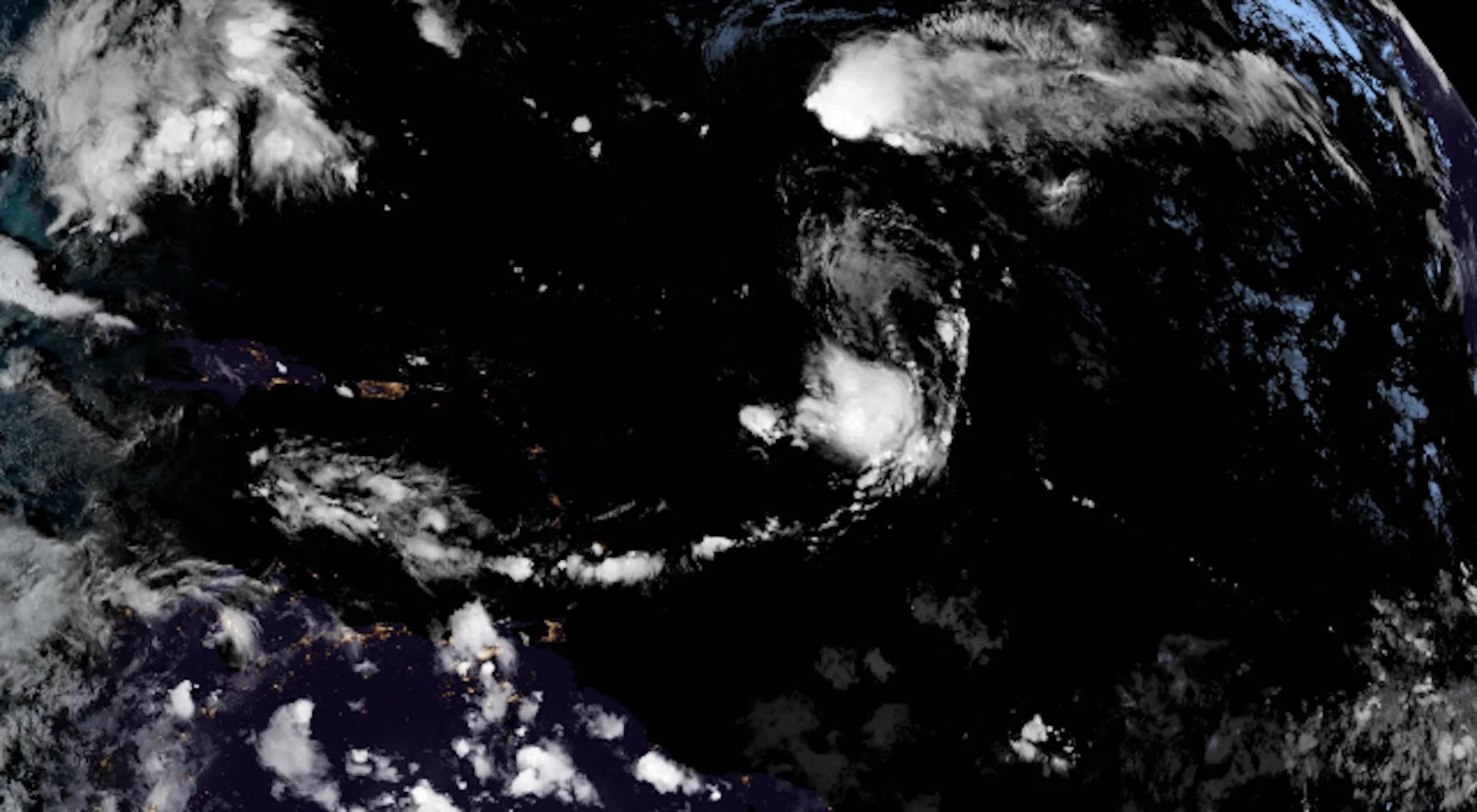
With peak ocean temperatures, will Atlantic's hurricane season catch up?
The odds have been released for just how active the remainder of September will be across the Atlantic for tropical activity.
Colorado State University (CSU) has issued an update on the Atlantic tropical cyclone forecast for the remainder of September.
With only one area of current focus for development, things initially look pretty calm, despite the above-normal temperatures of the Atlantic Ocean.
CSU is giving a 50 per cent chance of normal activity, 40 per cent below normal and just a 10 per cent probability of being above normal.
RELATED: Colorado State University increases forecast for number of hurricanes in 2024
Since 1966, there have been 20 storms that have developed during this period, then progressing to become major storms. Thirty-one have peaked as a Category 1 or 2 ranking.

The second week of September is the statistical peak of hurricane season.
The season has seen seven named storms, with four becoming hurricanes and Beryl being the only major hurricane –– also setting the record for the earliest, major hurricane on record.

That would be the lowest number of hurricanes since the record of two was set, and then tied in 1982 and 2013. 2013 was the only season to not have a major hurricane.
The 16-day precipitation anomaly forecast for western Africa is showing a positive sign of above-normal rain returning to the Guineas and Senegal, the headwaters of hurricane energy formation.
Ten of the past 100 years has had fewer than four hurricanes, with 2009 being the most recent.

In July, CSU weather forecasters increased the number of hurricanes expected in 2024 in a revision of its long-range forecast.










